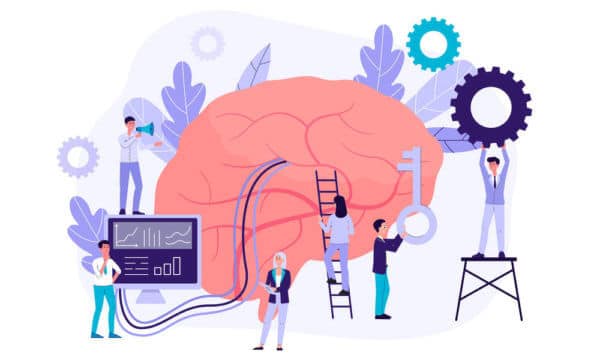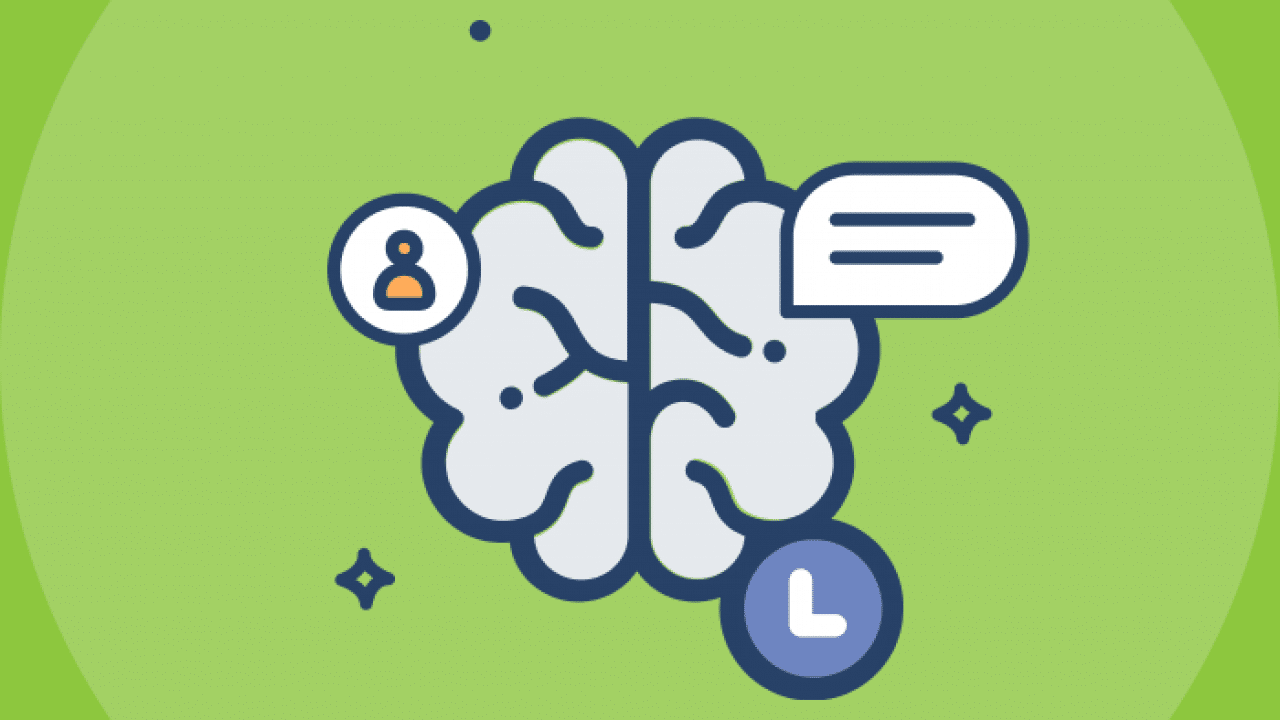You may have been hearing a lot about neuromarketing lately. You may have seen the Pepsi Challenge commercial: In a blind taste test, consumers are asked to choose between Pepsi and Coca-Cola, and for some reason Pepsi always wins. Ten years ago, neuroscientist Read Montague he asked the question that everyone wanted to ask: If people really prefer Pepsi to Coca-Cola, why doesn't Pepsi dominate the market?
Hoping to answer this question Montaguecreated a Pepsi Challenge of its own by connecting test subjects to an MRI machine to monitor brain activity.
At first, about half of the participants said they preferred Pepsi, but when Montague told them which samples were Coca-Cola, the ratio shifted to three to one in favor of Coca-Cola. In addition, the part of the brain that controls higher thinking prefrontal increased activity in the cortex, which is involved in memory. in the hippocampus as it is.

Montagueconcluded that the brain remembers images and ideas from advertisements and that thoughts and emotions linked to branding override responses to the actual quality of the product. In 2004 he published his findings and concluded neuromarketing concept came to life and started to be used as a marketing tool.
What is Neuromarketing?

Neuromarketingis the formal study of the brain's responses to advertising and branding and adjusting those messages based on feedback to get better responses.
Researchers use technologies such as functional magnetic resonance imaging (fMRI) and electroencephalography (EEG) to measure specific types of brain activity in response to advertising messages. With this information, companies learn why consumers take the actions they do and which parts of the brain motivate them to take those actions.
Neuromarketers focused on a few parts of the brain:
- Nucleus accumbens : Creates the expectation of pleasure
- Prefrontal cortex: Controls higher thinking
- Hippocampus: Helps memory
- Insula: Predicts (and prevents) painful stimuli
- Mesial prefrontal cortex: Records disappointment when a hoped-for reward does not materialize
Montague's “Pepsi Challenge“ neuromarketing although the concept was first coined in the 1990s by a Harvard marketing professor. Gerry Zaltman by Zaltman. Zaltman later patented a technique called the Zaltman Metaphor Elicitation Technique (ZMET), which was later used by General Motors, Nestle, Procter & Gamble and, ironically, Coca-Cola.
Neuromarketing While the technologies involved are quite complex, the premise is simple: Consumers may lie, but statistics don't. Even if consumers don't lie, they often fail to accurately express what they think. It is estimated that 95 percent of all thoughts occur in our subconscious mind, which traditional research methods cannot measure.
Who applies neuromarketing?

Neuromarketing is unfortunately not cheap 🙁 . In fact, an fMRI machine can cost up to 5 million dollars (and twice as much to install). In addition, the cost of a single ad sample group of 20 people can exceed US$10,000. Neuromarketingis primarily used by large (or at least heavily subsidized) companies and organizations. To mention some examples:
- Google and MediaVest, partnered with biometrics researcher NeuroFocus (owned by the Nielsen Company) to measure how users react to In-Video ads (semi-transparent overlay ads on YouTube). Forty participants' sensory responses were scored based on criteria such as attention, emotional engagement and effectiveness.
- MicrosoftThey use EEG data to better understand users' interactions with their personal and laptop computers, focusing on emotions of "surprise, satisfaction and frustration".
- FritoLaystudied the female brain to further develop its understanding of advertising. The company discovered that it needed to focus on making "healthy" associations in its advertising. For those who don't remember the Fritolay brand, it is a brand of chips that we love very much 🙂
Neuromarketing Aside from the considerable cost, there is still much criticism of this marketing. Among these criticisms, "brainwashing" includes concerns about how much brain behavior actually influences consumer behavior.
Yet, as its high-profile users confirm, neuromarketing has already captured the market's imagination. Perhaps this will lead to brainwashing and the criticisms will prove true.
What Kind of Customers is Neuromarketing Effective for?
Neuromarketingis a flexible method for identifying customer preferences and brand loyalty, as it applies to almost everyone who develops an opinion about a product or company. Marketingfocuses on creating a positive and memorable impression in the minds of customers, whatever form it takes. Neuromarketing measure these effects, but anyone can make basic discoveries and adjust their products or services to reflect subconscious consumer needs.
For example, sensory devices that create or revive memories are readily available. For example, the aroma of fresh bread, memories of past stories (a published study or shared experience), evocative language, a song that gets stuck in your head are all effective (albeit crude) examples of neuromarketing.
6 Neuromarketing Principle
- Do not use the word "we" or mention your company.
- Get to the point.
- Be visual. Don't just talk about a product; show the product.
- Keep it concrete. An example is ads with facial expressions that help decipher people's intentions.
- Close strong. People pay most attention at the beginning and end of an advertisement. This will help with memory storage
- Use emotion. Surprise, laughter, fear and anger, all these cause distortion and therefore trigger memory.
NeuromarketingAs it is somewhere between psychology and science, courses in consumer behavior will be extremely useful for future professionals. Understanding the technology behind the application neuromarketing programs, but this technology is still evolving regularly.



